Assessing the Seaplane AIS Data Gap: When you hear “seaplane,” you might think of serene lakes, remote island hops, or scenic sightseeing flights. But here’s a fact many don’t realize: seaplanes can spread dangerous aquatic invasive species (AIS), quietly moving harmful plants and critters from one waterbody to another. What’s more, there’s a major data gap—official systems aren’t tracking seaplanes effectively, making it tough for agencies, pilots, and industries to manage the risks. This article breaks down this seaplane AIS data gap, why it matters to you, and how everyone can step up to protect our precious waterways. Whether you’re flying the skies or defending the environment, this guide’s got your back.
Table of Contents
Assessing the Seaplane AIS Data Gap
The seaplane AIS data gap is a clear and present challenge that could undermine American waterway health. But it’s far from insurmountable. With ongoing studies, tech innovation, collaborative policymaking, pilot engagement, and community participation, this gap can be closed. Agencies that lead with strategic investments in tracking, outreach, and enforcement will protect aquatic ecosystems and foster sustainable seaplane operations. Pilots who adopt best practices and new technology become frontline defenders of natural treasures. This shared responsibility and dedication can ensure our lakes, rivers, and coastal waters remain vibrant and open for recreation, commerce, and wildlife for generations to come. Are you ready to be part of the solution?
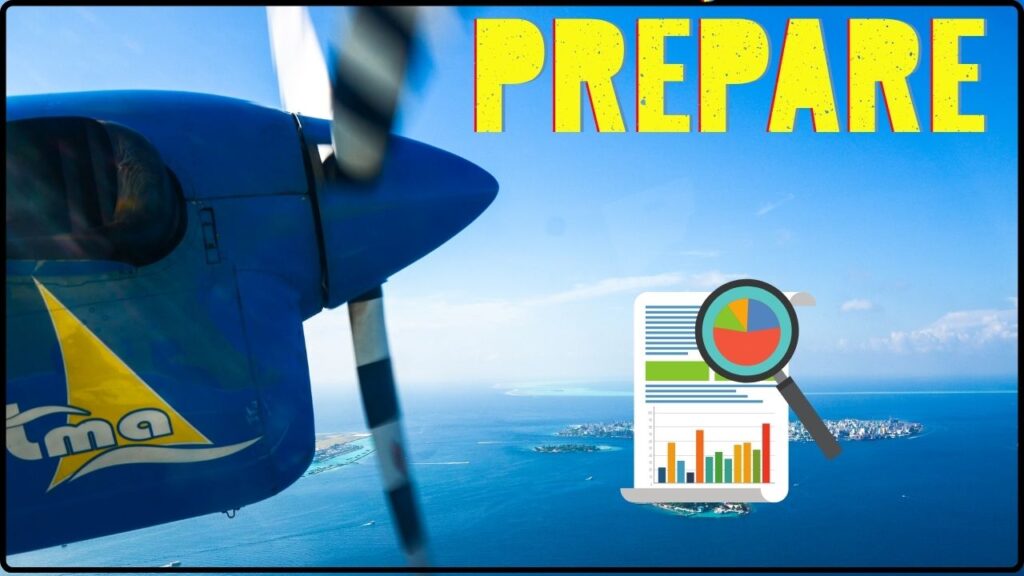
| Topic | Details |
|---|---|
| What is AIS? | Non-native species disrupting ecosystems and economies |
| Seaplane AIS Risk | AIS hitchhike on seaplane floats, hulls, and equipment |
| Gap Impact | Lack of detailed AIS tracking for seaplanes limits monitoring and prevention efforts |
| Current Efforts | Pilot surveys, outreach, and best practice guidelines led by FWS and the Aquatic Nuisance Species Task Force (ANSTF) |
| Regulation Status | Few states have specific AIS prevention mandates for seaplane pilots |
| Industry Innovations | Growing adoption of electric/hybrid seaplanes and onboard cleaning technologies |
| Official Resource | U.S. Fish & Wildlife Service: fws.gov/Aquatic-Invasive-Species |
What Exactly Are Aquatic Invasive Species (AIS)?
Aquatic invasive species are non-native plants, animals, or microbes that spread into new waters, causing serious harm to the local environment and economy. Think of zebra mussels or invasive weeds that choke lakes, trash native species, and wreck water activities. The U.S. economy loses billions annually dealing with the environmental degradation and economic fallout caused by these invaders. AIS disrupt recreational fishing, clog municipal water intakes, and threaten endangered species reliant on healthy aquatic habitats.
The U.S. Fish & Wildlife Service (FWS) leads the charge against AIS by monitoring populations, enforcing control policies nationwide, and educating the public. Yet despite these efforts, seaplanes remain a blind spot due to gaps in data and regulation. Seaplanes operating on water travel paths hard to track and regulate, which requires special attention in the overall fight against AIS.
Assessing the Seaplane AIS Data Gap Explained
You know how most boats use Automatic Identification System (AIS) transponders that send location info to authorities, helping track their movements? Well, seaplanes don’t typically transmit similar detailed AIS data when landing and taking off on water surfaces. That creates a critical blind spot for monitoring and managing the spread of AIS through this unique pathway.
Why This Gap Matters
- Seaplanes can carry AIS on floats, hulls, rudders, and other external gear, moving tiny invasive plants, animals, and microbes from one lake or river to another.
- Missing tracking data creates uncertainty: Without reliable records of seaplane water landings, agencies cannot accurately identify high-risk routes or waterbodies for targeted AIS prevention and enforcement.
- Regulatory limits at state and federal levels: Only a small number of states currently mandate specific AIS cleaning or drying for seaplane pilots, resulting in inconsistent standards.
- Industry and pilot awareness vary widely, meaning many operators may not fully understand AIS risks or prevention best practices.
- Environmental consequences of overlooked seaplane pathways can be severe, causing AIS introductions that degrade native ecosystems, harm fisheries, and increase costly management burdens.
For environmental protection and public resource management, this AIS data gap represents a risk that agencies and industries must urgently address through innovation, education, and collaboration.
What Agencies Are Doing About the Seaplane AIS Data Gap?
The Aquatic Nuisance Species (ANS) Task Force, co-chaired by the U.S. Fish & Wildlife Service, is tackling this problem with a multi-pronged approach:
- Comprehensive Risk Assessments: They’re conducting detailed studies to pinpoint which waterbodies and seaplane routes pose the greatest AIS introduction risk, using pilot survey data and geographic studies.
- Developing Practical Guidelines: Collaborations with seaplane pilots, manufacturers, and regulators are producing clear best practices to minimize AIS spread, including cleaning, drying, and reporting protocols uniquely suited to aircraft.
- Robust Outreach: Pilot workshops, webinars, and education campaigns aim to increase AIS awareness across the seaplane community by explaining risks and easy-to-implement prevention methods.
- Regulatory Recommendations: Proposals include mandatory AIS prevention permits for seaplane operators, plus legislation requiring regular cleaning, drying, and monitoring, modeled after successful state programs.
- Technology Research: Exploring new tracking solutions to integrate seaplane movements into existing AIS vessel tracking systems, potentially with GPS and remote sensing.
Agencies are also strengthening partnerships with tribal groups, conservation organizations, and local governments to unify efforts and share expertise.
New Tech Making Waves in AIS Prevention
Technological innovation is driving promising advances in reducing seaplane AIS risks:
- Electric and Hybrid Seaplanes like those developed by Harbour Air drastically cut emissions and include features that resist AIS attachment, minimizing invasive species transport potential.
- Innovative Hull and Float Materials repel plants and organisms, making cleaning procedures more effective and efficient.
- Onboard Decontamination Systems using sprays or UV light can disinfect seaplane surfaces between water landings without ground-based resources.
- Autonomous Seaplane Monitoring Systems, connected via satellite or mobile networks, promise near real-time location and status reporting to AIS management bodies.
- Data Integration Tools that combine pilot reports, environmental sensors, and historic AIS occurrences enhance risk mapping and targeted interventions.
Such tools not only enhance environmental protection but also improve seaplane operational safety and regulatory compliance.

What Pilots and Operators Can Do Right Now?
Seaplane pilots and operators are the frontline heroes in controlling AIS spread. Here’s how they can make a difference today:
- Commit to Clean, Drain, and Dry (CDD) protocols: Inspect your seaplane before and after every water landing. Remove all visible aquatic matter, pump out bilges, drain water compartments, and allow the aircraft to dry thoroughly to starve off hitchhiking invasives.
- Engage in Pilot Surveys and Training: Participate in AIS data collection surveys administered by government or pilot associations to help fill data gaps. Complete available AIS training courses to stay informed about risks, detection, and prevention.
- Report Suspicious Species: If you spot unfamiliar aquatic plants or animals on your gear or floatplane, notify local AIS authorities for rapid response and containment.
- Adopt Emerging Technologies: Utilize available onboard cleaning devices and consider transitioning to eco-friendly electric or hybrid seaplanes as they become commercially viable.
- Advocate for Stronger Regulations and Community Education: Help push local and state governments to enact and enforce proactive AIS prevention policies for seaplanes and encourage fellow pilots to act responsibly.
By adopting these measures, pilots help safeguard their favorite flying spots and ensure continued public access to safe, beautiful waterways.
State and Local AIS Prevention Examples
Effective efforts in various states highlight the value of leadership and tailored strategies:
- Montana’s AIS Prevention Program focuses on comprehensive inspection stations, education campaigns, and AIS detector workshops, involving community groups and conservation clubs to build stewardship.
- Alaska has developed seaplane-specific AIS mitigation guidelines combining geographic data and pilot reporting to reduce invasive species movement in sensitive habitats.
- Washington State requires AIS prevention permits for seaplane owners before they operate in public waters, ensuring accountability and funding for prevention initiatives.
- Minnesota and Wisconsin codify cleaning and draining mandates for seaplane operators with legal enforcement mechanisms.
- Counties like Meeker, MN, have invested in high-pressure cleaning stations and community science initiatives, molding successful models worth replicating nationwide.
Such programs demonstrate how collaborative policy, technology, and education can reduce AIS introduced by seaplanes.
Best Practices for AIS Prevention Among Seaplane Pilots and Agencies (2025 Update)
Building on solid science and community input, the 2025 best practices include:
- Thorough Clean, Drain, and Dry (CDD): Pilots must remove visible AIS, pump bilge water, drain every compartment, and ensure complete drying between trips.
- Mandatory AIS Prevention Permits: Legally requiring seaplane operators to obtain AIS permits before using specific water bodies fosters accountability and funds prevention programs.
- Continuous Education: Accessible training programs, both online and in-person, help pilots identify AIS early and understand evolving regulations.
- Decontamination Stations: Setting up cleaning stations at launch sites equipped with high-pressure water and drying racks makes adherence easy on pilots.
- Consistent Reporting: Pilots are encouraged to report AIS sightings promptly using state reporting systems, facilitating rapid response.
- Legal Clarity: Harmonizing state and federal laws helps standardize requirements, avoiding confusion and ensuring enforcement.
- Community Engagement: Leveraging local conservation groups, lake associations, and fishing clubs helps amplify AIS education and monitoring outreach.
Together, these multidimensional strategies empower pilots, agencies, and communities to effectively reduce AIS transport risks.
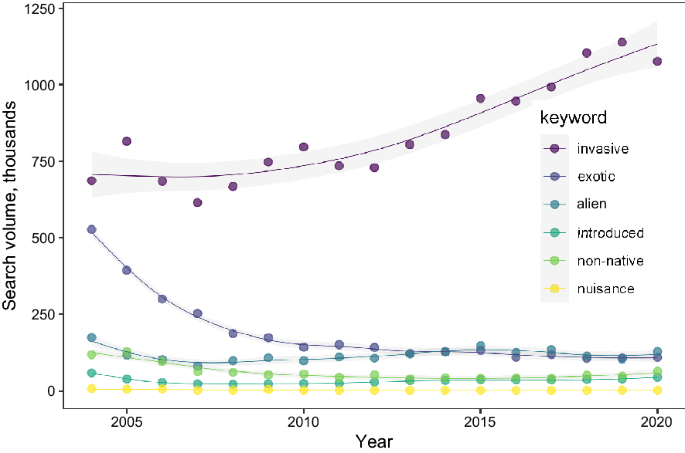
State-by-State AIS Regulations: A Seaplane Pilot’s Compliance Guide
A Pilot’s 10-Point Inspection Checklist for Aquatic Invasive Species (AIS)
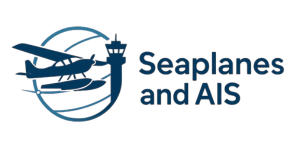
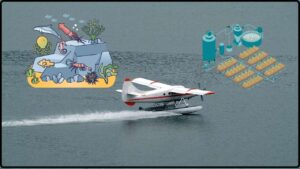

![Case Study How [Lake Association] Partners with Pilots to Stop AIS](https://seaplanesandais.com/wp-content/uploads/2025/11/Case-Study-How-Lake-Association-Partners-with-Pilots-to-Stop-AIS-300x169.jpg)
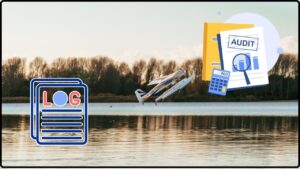
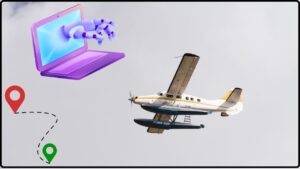
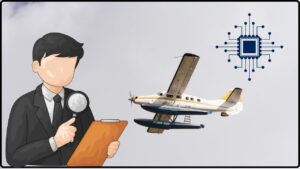


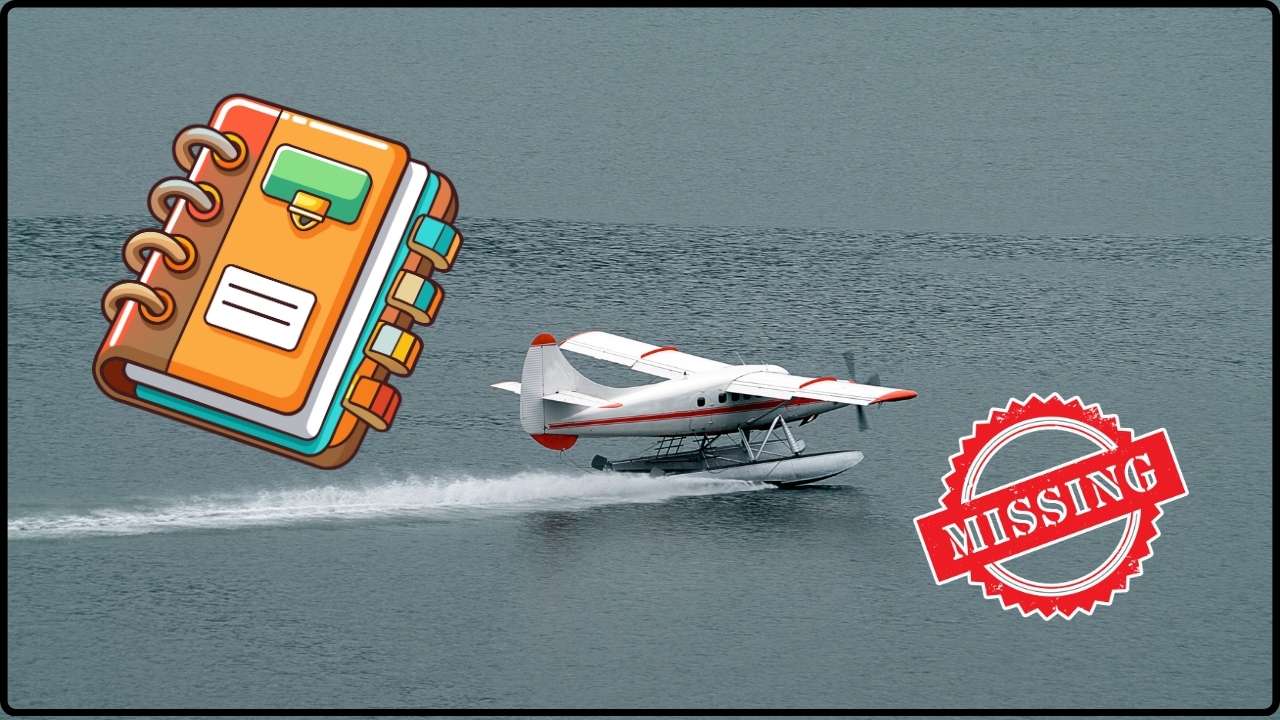

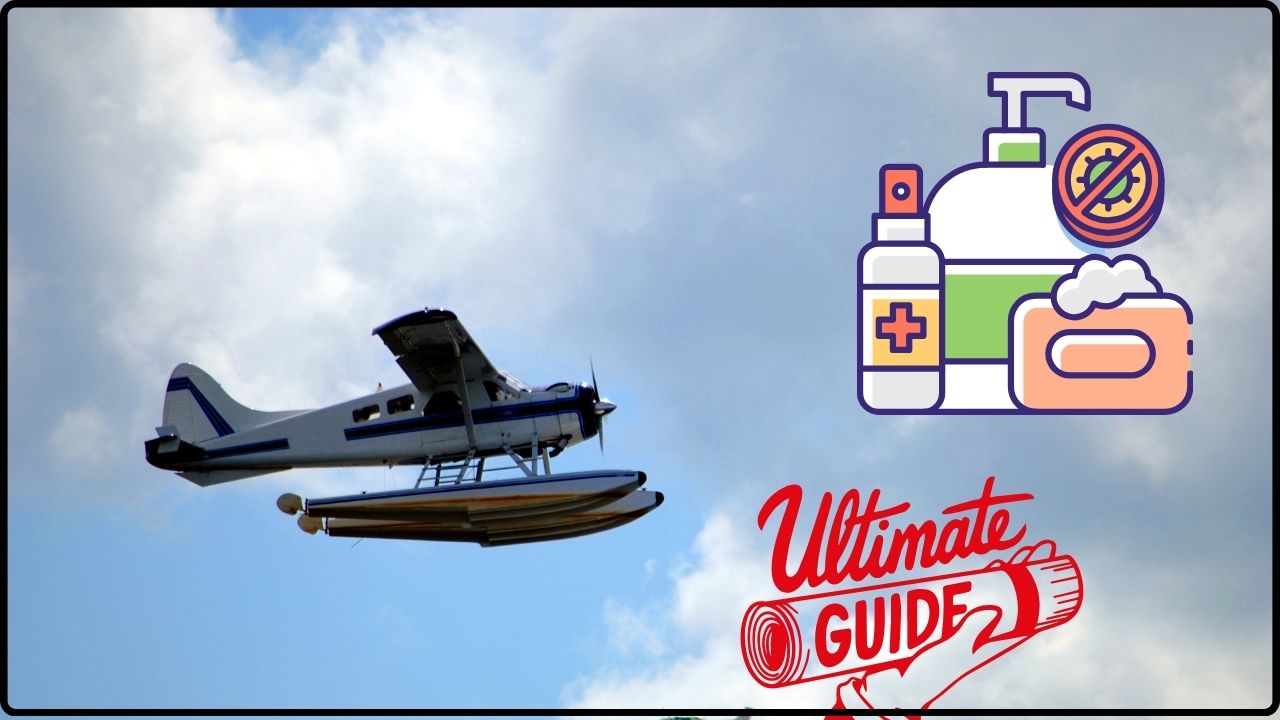


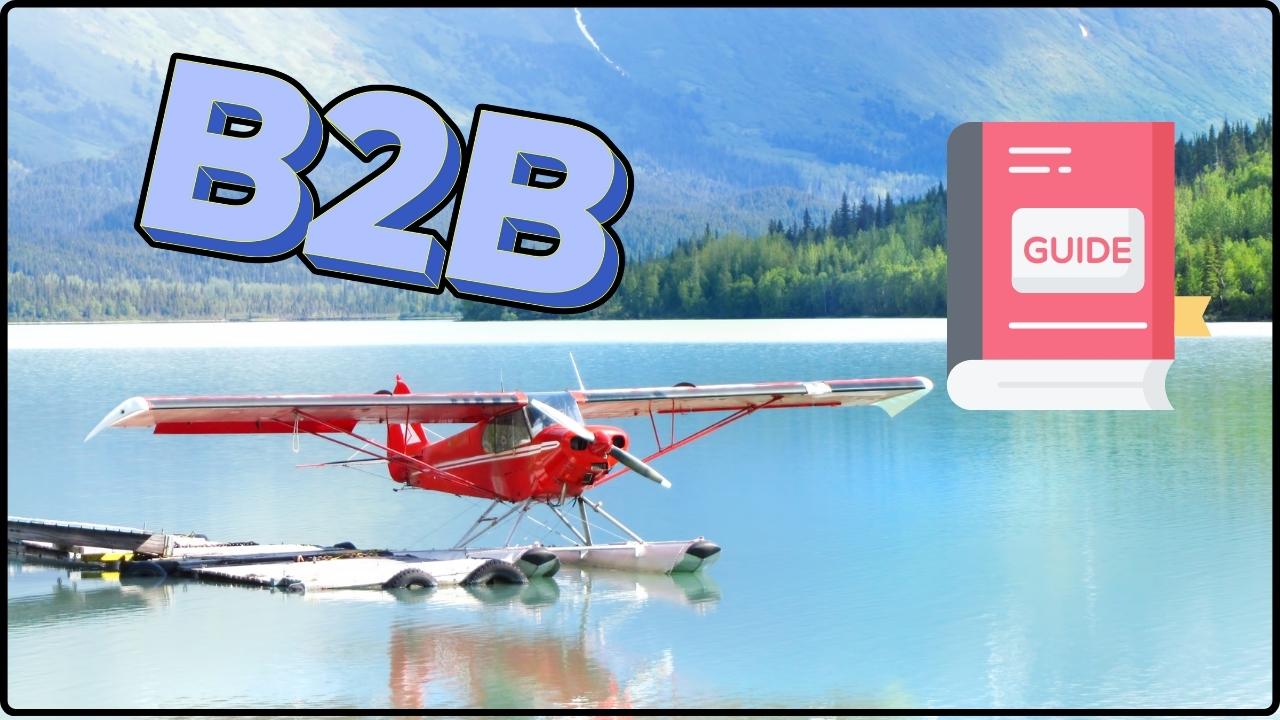
![Case Study: How [Lake Association] Partners with Pilots to Stop AIS](https://seaplanesandais.com/wp-content/uploads/2025/11/Case-Study-How-Lake-Association-Partners-with-Pilots-to-Stop-AIS.jpg)
